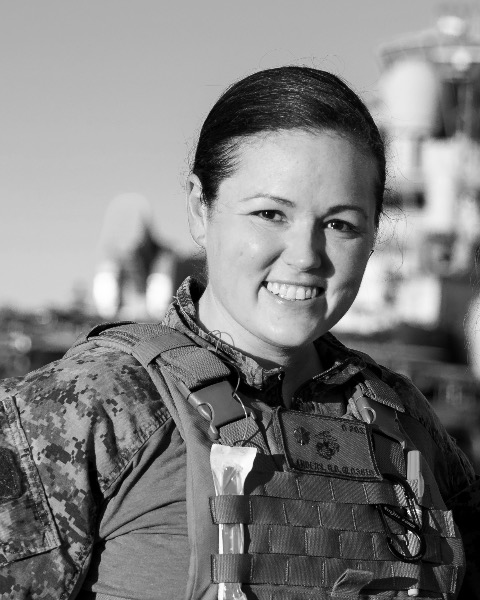Back
Patient & Family Support
Research Snapshot Theater: Ethics and End of Life, Adult II
(372) The Final Salute: Veteran Patient and Family Support in the Civilian ICU
Monday, February 24, 2025
11:30am – 12:30pm Eastern Time
Location: Connections Central - RST 01

Grace Landers, MD
Bethesda, Maryland, United States
- SG
Sierrah Grigsby, MD, Ph.D
LT, MC, USN
WRNMMC, United States
First Author(s)
Research Presenters(s)
Introduction: With over 16 million veterans comprising 6% of the adult US population, and a quarter
of all US deaths, the end-of-life experience for veterans is complex. Given that 96% of
veteran deaths occur outside of US Veteran Affairs (VA) facilities, there is a significant
gap in specialized end of life care for this population. By fostering open communication,
providing comprehensive support, and respecting patient and family preferences, ICUs
can transform into spaces of hope and dignity. Leveraging the power of ritual and
tradition, such as the Final Salute, can provide profound meaning and closure for
veteran patients and their families. However, the underutilization of these ceremonies in
civilian healthcare settings highlights the need for innovative approaches to support
veterans at the end of life.
Description: A veteran who was admitted to a civilian ICU a complex surgical history, including bowel
obstruction and multiple revisions that was complicated by septic shock. The patient
was treated for his infections and eventually extubated and being prepped for yet
another operation when the patient's condition deteriorated rapidly. The patient’s
daughter was 9 months pregnant requested a dignified end-of-life, contrasting with her
mother’s traumatic ICU death, which involved terminal chest compressions. During the
initial counseling about the various comfort care measures, the medical team learned
that the patient’s military service was a major part of his identity. Upon the patient’s
death, nurses and residents draped the body with a US flag. The patient was wheeled
through a hallway lined with staff, residents, and fellow veterans for a formal salute.
Once the patient left the unit, The flag was folded and presented to the daughter, who
expressed how meaningful this whole event was to her and her family, and that it's
exactly what her father would have wanted.
Discussion: This case demonstrates the ease and impact of the integration of military traditions and
the creation of supportive environments for patients and their families during end-of-life
care for veterans in civilian healthcare settings.
of all US deaths, the end-of-life experience for veterans is complex. Given that 96% of
veteran deaths occur outside of US Veteran Affairs (VA) facilities, there is a significant
gap in specialized end of life care for this population. By fostering open communication,
providing comprehensive support, and respecting patient and family preferences, ICUs
can transform into spaces of hope and dignity. Leveraging the power of ritual and
tradition, such as the Final Salute, can provide profound meaning and closure for
veteran patients and their families. However, the underutilization of these ceremonies in
civilian healthcare settings highlights the need for innovative approaches to support
veterans at the end of life.
Description: A veteran who was admitted to a civilian ICU a complex surgical history, including bowel
obstruction and multiple revisions that was complicated by septic shock. The patient
was treated for his infections and eventually extubated and being prepped for yet
another operation when the patient's condition deteriorated rapidly. The patient’s
daughter was 9 months pregnant requested a dignified end-of-life, contrasting with her
mother’s traumatic ICU death, which involved terminal chest compressions. During the
initial counseling about the various comfort care measures, the medical team learned
that the patient’s military service was a major part of his identity. Upon the patient’s
death, nurses and residents draped the body with a US flag. The patient was wheeled
through a hallway lined with staff, residents, and fellow veterans for a formal salute.
Once the patient left the unit, The flag was folded and presented to the daughter, who
expressed how meaningful this whole event was to her and her family, and that it's
exactly what her father would have wanted.
Discussion: This case demonstrates the ease and impact of the integration of military traditions and
the creation of supportive environments for patients and their families during end-of-life
care for veterans in civilian healthcare settings.

